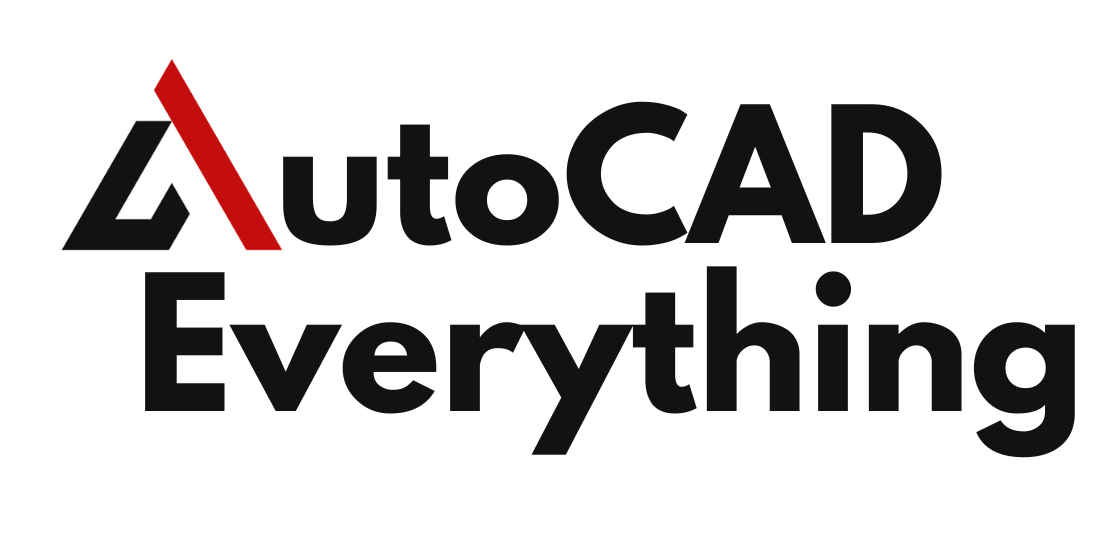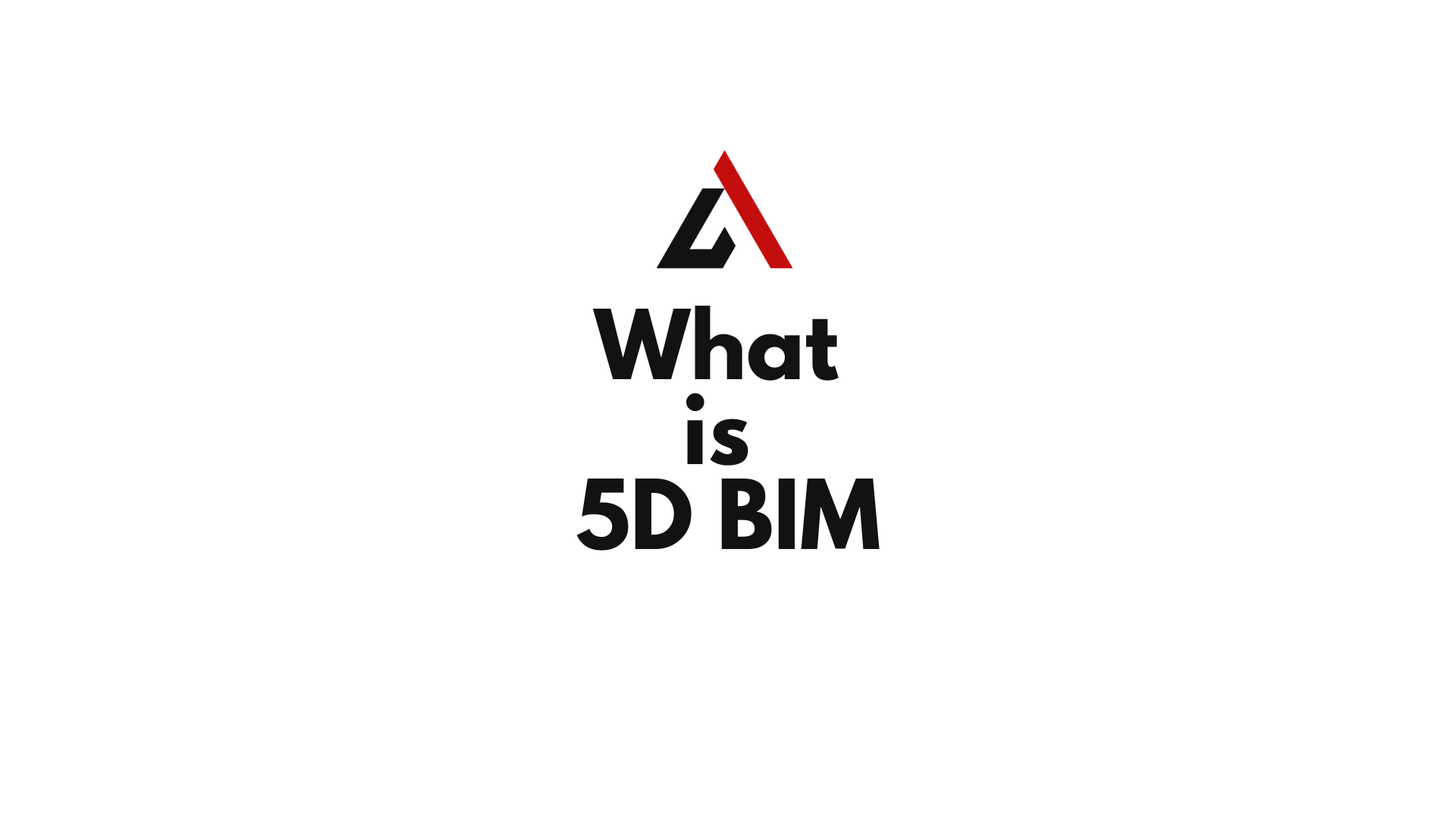Introduction
The construction industry is constantly evolving, with Building Information Modeling (BIM) playing a crucial role in digital transformation. While 3D BIM provides visual and spatial representation, and 4D BIM integrates time-based scheduling, 5D BIM takes it a step further by incorporating cost data into the BIM process.
With 5D BIM, project teams can accurately estimate, track, and optimize costs throughout the entire project lifecycle. This results in better budgeting, cost control, and financial forecasting, reducing the risk of overruns and unexpected expenses.
In this article, we will explore the concept of 5D BIM, its benefits, applications, real-world use cases, and implementation strategies to help you understand how this technology is revolutionizing cost management in construction.
Table of Contents
Understanding 5D BIM: The Fifth Dimension in Construction
What is 5D BIM?
5D BIM is the integration of cost data with a 3D BIM model, enabling real-time cost estimation, budgeting, and financial analysis throughout the construction process. This dynamic approach allows project teams to track how design changes, material selections, and scheduling adjustments impact overall costs.
How 5D BIM Works
- Develop a 3D BIM Model – Create a detailed digital model of the project.
- Integrate Time Schedules (4D BIM) – Connect the model with construction sequencing.
- Attach Cost Data (5D BIM) – Link the model with cost estimates, material prices, and labor expenses.
- Real-Time Cost Analysis – Update the model dynamically to reflect budgetary changes.
- Optimize Financial Planning – Use the insights for better procurement, resource allocation, and cost-saving strategies.
5D BIM vs. Traditional Cost Estimation
| Feature | Traditional Cost Estimation | 5D BIM Cost Estimation |
|---|---|---|
| Cost Calculation | Manual, spreadsheet-based | Automated, real-time integration |
| Accuracy | Prone to errors & cost overruns | Higher accuracy with live updates |
| Visualization | 2D drawings & reports | 3D models with cost overlays |
| Flexibility | Requires manual recalculations | Adjusts dynamically with changes |
| Time Efficiency | Time-consuming | Faster, automated calculations |
Benefits of 5D BIM in Construction Cost Management
1. Accurate and Real-Time Cost Estimation
5D BIM allows construction teams to predict and update costs dynamically as changes occur in the design or project scope. This ensures better budget control and transparency.
2. Improved Budgeting and Financial Planning
By integrating material costs, labor expenses, and overheads into the BIM model, 5D BIM provides a comprehensive financial overview, helping teams make data-driven financial decisions.
3. Enhanced Project Cost Control
With real-time cost tracking and forecasting, 5D BIM helps identify potential cost overruns early, enabling teams to take corrective actions before exceeding the budget.
4. Better Collaboration Between Stakeholders
5D BIM ensures seamless collaboration between architects, engineers, contractors, and financial teams, aligning cost expectations with project goals.
5. Efficient Procurement and Resource Management
By providing detailed cost breakdowns, 5D BIM helps project managers optimize procurement strategies, reducing wastage and inefficiencies.
Applications of 5D BIM in Construction Projects
1. Cost Estimation for Design and Pre-Construction
During the design phase, 5D BIM helps in early-stage cost estimation, allowing teams to compare different material choices and construction methods based on financial impact.
2. Tendering and Bidding Process
Contractors can use 5D BIM cost models to prepare accurate bids and proposals, improving transparency and competitiveness in the tendering process.
3. Real-Time Cost Adjustments During Construction
By integrating live cost data with scheduling tools, 5D BIM ensures that financial projections remain aligned with on-site realities.
4. Lifecycle Cost Analysis for Asset Management
5D BIM isn’t just for construction—it extends to operations and maintenance, helping owners track long-term facility management costs.
5. Large-Scale Infrastructure and Mega Projects
For complex projects like airports, railways, and highways, 5D BIM ensures cost-effective planning, minimizing budget overruns.
Real-World Examples of 5D BIM in Action
1. The Crossrail Project (UK)
London’s Crossrail project implemented 5D BIM to track real-time costs and ensure accurate financial forecasting for the entire rail network expansion.
2. The Sydney Opera House Renovation
5D BIM was used to analyze cost-effective renovation strategies, ensuring the historic site was modernized without exceeding budget.
3. High-Speed Rail Projects in China
China’s high-speed rail network leveraged 5D BIM technology to optimize cost efficiency, ensuring project completion within the allocated funds.
How to Implement 5D BIM in Your Project
Step 1: Choose the Right 5D BIM Software
Some of the best 5D BIM tools include:
- Autodesk Revit + CostX (for cost estimation integration)
- Navisworks + Assemble (for 3D and cost linking)
- Bentley SYNCHRO 5D (for large infrastructure projects)
Step 2: Link Cost Data to BIM Elements
Attach unit prices, labor rates, and material costs to BIM components for a real-time cost breakdown.
Step 3: Integrate with 4D Scheduling
Connect cost data with time schedules to track spending over the project lifecycle.
Step 4: Run Cost Simulations and Forecasting
Perform “what-if” cost analysis to assess the financial impact of design and schedule changes.
Step 5: Monitor, Update, and Optimize
Regularly update cost models to ensure alignment with actual expenses and adjust budgets as needed.
Challenges in Adopting 5D BIM
| Challenge | Solution |
|---|---|
| High Software Costs | Use cloud-based BIM solutions to lower costs. |
| Data Integration Issues | Standardize cost data formats for compatibility. |
| Skill Gap in Cost Modeling | Provide training in 5D BIM software for estimators and planners. |
| Resistance to Change | Demonstrate cost-saving benefits through pilot projects. |
Frequently Asked Questions (FAQs)
How does 5D BIM differ from 4D BIM?
4D BIM focuses on scheduling (time), while 5D BIM incorporates cost estimation and financial planning.
Can 5D BIM help reduce construction costs?
Yes! By optimizing procurement, tracking expenses, and forecasting budgets, 5D BIM prevents overspending and inefficiencies.
Which industries benefit from 5D BIM?
5D BIM is used in commercial construction, infrastructure, real estate development, and government projects.
Is 5D BIM suitable for small projects?
Yes, small projects can also benefit, but cost-effectiveness depends on the software and implementation strategy.
What software is best for 5D BIM?
Popular tools include Revit, CostX, Navisworks, and SYNCHRO 5D.
Conclusion
5D BIM is transforming construction cost management by integrating real-time financial data with BIM models. By enhancing cost estimation, budgeting, and forecasting, it ensures better financial planning and project success.
As construction firms embrace digital cost modeling, 5D BIM will become a standard tool for optimizing budgets and reducing risks.

